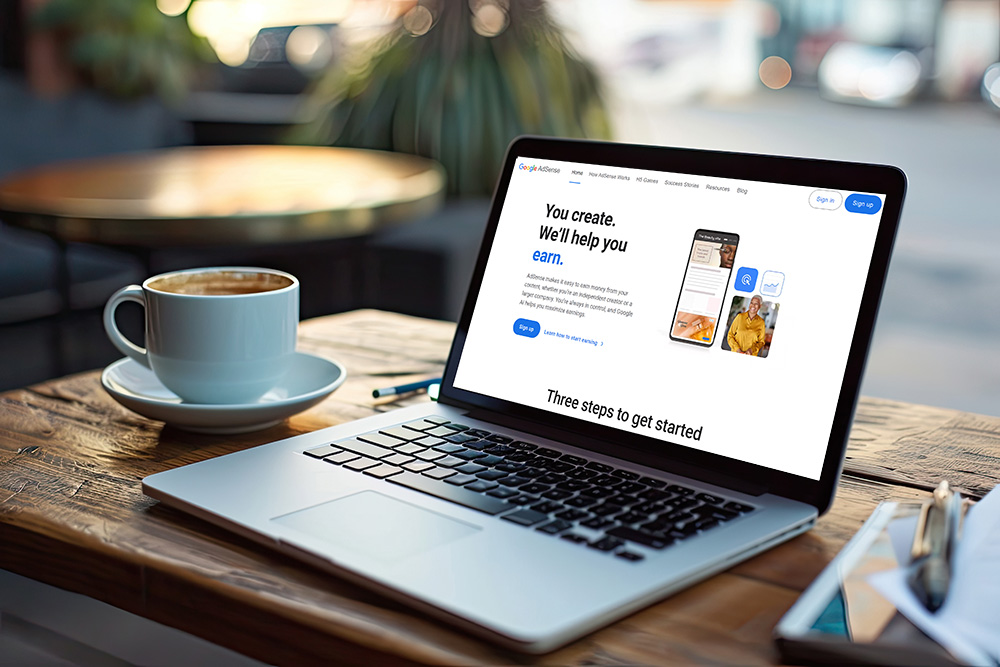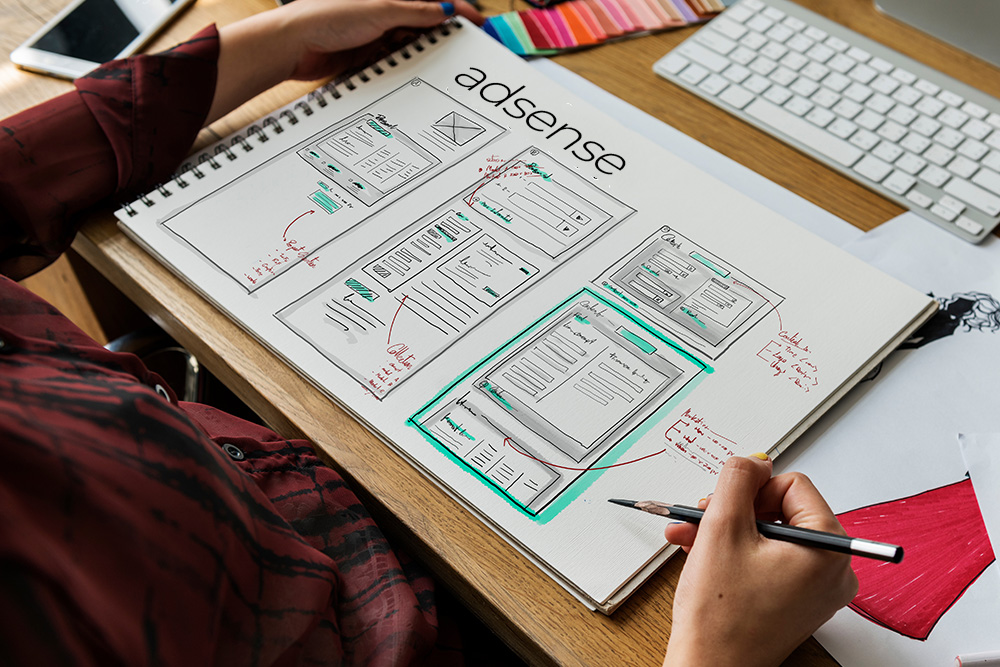If you’re a blogger who wants to make money online, using Google AdSense is one of the best ways to monetize your content. However, simply placing ads on your blog won’t guarantee success. To truly maximize your earnings, you need to create a blog layout that is optimized for Google AdSense. This guide will walk you through how to design the best blog layout for AdSense, while maintaining a user-friendly experience that keeps your readers engaged.
Why Blog Layout Matters for Google AdSense

Your blog’s layout has a direct impact on your Google AdSense earnings. A well-designed layout enhances ad visibility and encourages more clicks, which translates into higher revenue. In contrast, a cluttered or poorly structured layout can cause visitors to leave your site quickly, reducing your ad impressions and click-through rates (CTR).
Google AdSense rewards sites that provide a good user experience, so it’s important to strike the right balance between ad placement and content. Too many ads can overwhelm your readers, while too few may leave money on the table.
Understanding Google AdSense Ad Formats
Before you optimize your blog layout, it’s important to familiarize yourself with the different ad formats that Google AdSense offers:
- Display Ads: These are banner-style ads that can appear at the top, bottom, or sides of your content.
- In-Feed Ads: These ads blend in with your content and appear within your blog posts.
- In-Article Ads: These are designed to fit seamlessly within your articles, enhancing the user experience.
- Matched Content Ads: These promote related content on your site and offer monetization opportunities for high-traffic blogs.
Each ad format has its pros and cons, so choosing the right mix of formats for your blog layout is key to success with Google AdSense.
How to Create the Best Blog Layout for Google AdSense

Now that you understand the importance of layout and ad formats, let’s dive into creating a blog design that maximizes your Google AdSense earnings.
1. Choose a Responsive Design
One of the most crucial factors for AdSense success is making sure your blog is responsive. Google AdSense favors mobile-friendly websites, and with a large portion of internet traffic coming from mobile devices, you’ll want your ads to look great on screens of all sizes.
A responsive blog design adjusts automatically to the user’s device, ensuring your ads are always well-positioned and clearly visible. Most modern WordPress themes come with built-in responsive design features, but it’s always a good idea to double-check your theme’s compatibility.
2. Optimize Your Above-the-Fold Area
The “above-the-fold” section of your blog (the area visible before users scroll down) is prime real estate for Google AdSense ads. Placing an ad here can increase your chances of getting clicks since it’s one of the first things your readers will see.
However, don’t overwhelm this space with too many ads. Google penalizes sites that have excessive advertising above the fold. A single, well-placed ad that complements your content is much more effective. Try to keep the balance between valuable content and advertising to avoid driving users away.
3. Use the Right Ad Sizes
Choosing the right ad sizes is crucial for optimizing your Google AdSense layout. The most successful sizes are typically:
- 728×90 (Leaderboard) – Great for desktop sites and works well at the top of your page.
- 300×250 (Medium Rectangle) – Ideal for sidebar placements or within content.
- 336×280 (Large Rectangle) – Works well within or at the end of your blog posts.
- 320×100 (Large Mobile Banner) – Perfect for mobile users.
These sizes are recommended by Google AdSense because they tend to perform well and are visually appealing across different devices.
4. Strategically Place Ads Within Content
Placing ads within your blog posts, especially in-feed or in-article ads, can significantly boost your click-through rate (CTR). These ads are more integrated into your content, making them less intrusive to the user while still being effective.
For example, you can place an in-article ad after the first or second paragraph of your blog post. This gives your readers time to engage with your content before encountering an ad. Additionally, placing an ad towards the end of your post, before the comment section, can also increase visibility and clicks.
5. Optimize Your Sidebar for Ads
Your sidebar is another valuable area for Google AdSense ads. Many bloggers place a 300×250 ad in their sidebar, which is both effective and unobtrusive. Make sure to keep your sidebar clean and uncluttered, so your ad stands out.
Additionally, don’t place too many ads in the sidebar. One to two ads are usually enough to generate revenue without overwhelming your readers. You can complement this space with other widgets, like a popular post or recent comments section, to enhance user engagement.
6. Test and Optimize Ad Placements
One of the most important aspects of creating a successful blog layout for Google AdSense is testing different ad placements. Google AdSense offers built-in optimization tools that automatically adjust your ad placements based on user behavior.
However, you should also manually test different layouts to see which one performs best. Use tools like Google Analytics to track your CTR and earnings, and adjust your layout based on this data. What works for one blog might not work for another, so experimenting with different placements is essential.
Best Practices for Increasing Google AdSense Revenue
Aside from optimizing your layout, there are several best practices that can help you maximize your Google AdSense earnings:
- Avoid Ad Overload: Too many ads can negatively impact user experience and lead to penalties from Google. Stick to a few high-performing ad placements.
- Create High-Quality Content: Content is still king. The more valuable your content, the more time readers will spend on your site, increasing ad impressions and clicks.
- Improve Page Speed: Slow-loading pages can hurt your Google AdSense performance. Optimize images, enable caching, and use a content delivery network (CDN) to improve page speed.
A well-optimized blog layout can make all the difference when it comes to earning with Google AdSense. By following these strategies—choosing a responsive design, strategically placing ads, and testing your layout—you’ll be able to create a blog that not only provides value to your readers but also boosts your ad revenue. Remember, the key to success with AdSense is balancing user experience with ad optimization.


